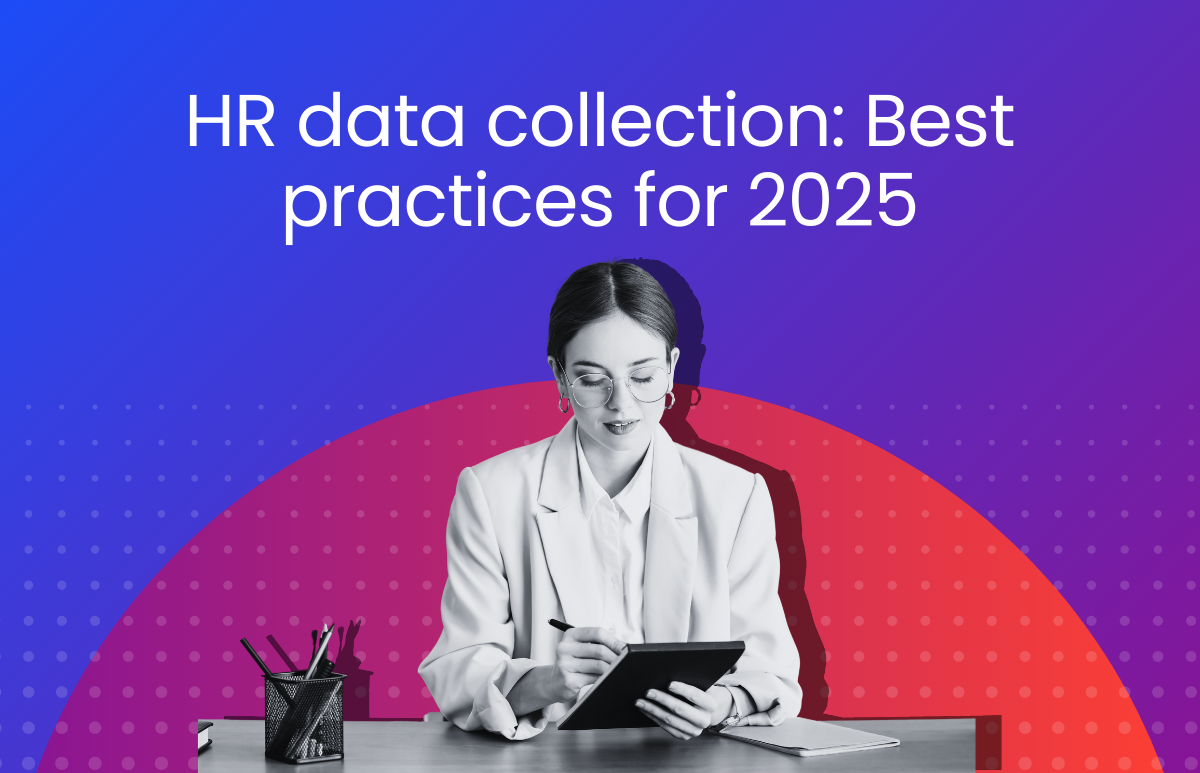5 Reasons to Invest in Remuneration Software

Remuneration is a fundamental element of business; it’s contractual.
But Remuneration is about more than just money. Remuneration is also critical when it comes to retaining and engaging employees and forms a key part of the employer-employee relationship. This means getting it right is a high priority.
Even in a “normal” world, remuneration is a pain point for so many businesses. But after the “abnormal” circumstances that have faced HR professionals over the past few years, there are even more complications and questions around it.
Whatever a business’ unique circumstances are, remuneration software is highly valuable. Let’s look at the reasons why.
Why is remuneration so important?
Remuneration is largely inescapable and highly emotive
Remuneration is a business fundamental; paying staff fairly and accurately is a foundational part of the employer-employee relationship. Because of this, it is both highly emotive and heavily scrutinised. Robert Half reported that 37% of Australians believe they are being paid unfairly,[1] but not paying employees fairly will cost money, reputation and attract negative press.
Remuneration is one of the biggest operating costs
Remuneration is a fixed cost. It is 50-70% of a business’ operating expenses, so there is no room for mistake. With multiple stakeholders typically involved in rem reviews and rem strategy, manual processes (i.e. working on spreadsheets) are error-prone and therefore impractical.
Wage inflation is a constant
Over the past years, there has been a 3.6% increase in the wage price index all sectors in Australia. The National Minimum Wage in Australia increased increased by 5.75% in July compared to the previous year, a much larger jump than previous years. In New Zealand, the labour cost index (LCI) rose in the year to the June 2023 quarter and the adult minimum wage increased from NZ$21.20 to NZ$22.70 per hour.
Multiple direct impacts on margin
Doing more with less is key to business success – especially for medium-sized businesses who typically have tighter budgets. However, with the current economic conditions, making budgets stretch further in every organisation, regardless of size, has never been more critical. Navigating wage inflation and deliberating wage increases with a tight budget is not possible without a reliable remuneration process in place. A lack of an effective process may impact margins and result in rem budgets being skewed.
Compliance and responsibility
Due to the complexity of the employment relations landscape in Australia and New Zealand, compliance headaches are common when it comes to remuneration. However, complexity is no excuse for mistakes. People want to know they are being paid fairly. It helps to have transparency around remuneration and be able to show that decisions are based on market/industry trends. Additionally, it’s important to note that gender equality is a key issue (especially for mid-sized businesses). Every Australian business in the private sector with 100+ employees must report their workforce gender composition and remuneration every year to the WGEA (Workplace Gender Equality Agency), and without a helicopter view this is tricky. There are calls to make gender reporting compulsory in New Zealand.Competition for talent is fierce
Tight talent markets pose bigger challenges when it comes to recruiting and retaining staff. When talent markets tighten, the demand for skilled professionals often surpasses the available supply, leading to considerable competition among businesses to attract and retain talent. This dynamic exerts a significant influence on remuneration, typically pushing salaries upwards. Organisations are forced to offer higher salary packages to lure the limited pool of talent, creating a ‘bidding war’ of sorts. This can significantly drive up labour costs, strain budgets, and in certain cases, even affect profitability if not managed carefully.
So it’s clear that remuneration is a challenging aspect of HR. Fortunately, we’re in an age where technology facilitates effective processes. Let’s look at the reasons why remuneration software is so critical.
5 ways remuneration software can make life easier
1. Rem software helps to re-assess benefits
In the current environment there are increasing cost pressures, but despite conditions being difficult, employers still have a duty to pay their people fairly. When it comes to employee benefits, organisations may need to recalibrate and consider how to incentivise employees when financial rewards (e.g. salary increases and bonuses) are out of the question.
A potential solution is to take a “total reward” approach – i.e. what non-monetary benefits can you offer your employees and how can you recognise their effort in a non-financial way? This could mean enhancing learning and development opportunities or partnering with local charities and initiatives to hold employee volunteer days. Enhancing employee health and wellbeing can also lead to higher engagement. The key is to refocus on everything your organisation can offer to employees – from professional development and career paths to perks and benefits.
Whichever way you wish to reward your employees, remuneration software can help to map it out and ensure its viable.
2. Rem software can help create a robust governance framework
When a business’ financial performance is low, it may not be viable to reward employees financially, but this poses ethical questions – is it right to take a blanket approach to rewarding effort through hard times or should you stick to the principle of rewarding individuals based on their outcomes – and how does performance-based pay work in the current environment?
It’s difficult for boards, management and stakeholders to make informed, consistent, transparent decisions about remuneration without having a framework. A framework is essential for proactive modelling (i.e. determining what can be done with a limited amount of money that still has a big impact on the people). It also makes it easier to present to a CFO/CEO about how much it’ll cost to do “X”.
It’s particularly important to have a framework when there have been substantial impacts on:
- Company performance
- Employees (e.g. large numbers have been made redundant or placed on leave without pay)
- Shareholders (e.g. dividend reduction)
It’s not just large organisations that should consider such a framework. Medium-sized organisations may need to make salary adjustments to some employees, including salary freezes, setting revised performance targets and recalibrating short and long-term incentives. A framework can assist, and critically it can also remove some of the emotion relating to pay.
3. Rem software helps meets compliance and responsibilities
Pay is notoriously complicated, with countless industrial relations and employment law-related issues to deal with. However, even in tough economic times, people want to know they are being paid fairly. It helps to have transparency around remuneration and be able to show that decisions are based on performance and/or market/industry trends – and this can be achieved with remuneration software.
Furthermore, alongside compulsory government reporting (e.g. gender reporting) rem software affords businesses the opportunity to do a secondary, meaningful layer of reporting to ensure processes are objective, not subjective.
4. With rem software you can demonstrate appreciation for employees
Remuneration planning is one of the most efficient and effective means of not only communicating company values to employees, but also obtaining their acceptance by encouraging employees to maximise his or her contributions to company success. As such, there is a huge risk of damaging your employer brand if you are not transparent or true to what your organisation stands for.
Therefore, it’s important your internal and external messaging aligns (i.e. you are not shouting about how well-positioned the company is but then reducing remuneration, or offering salary increases to only a few employees and not to others). How you treat employees now will set a precedent; this is the time to communicate your employee value proposition (EVP) and build your employer brand.
With remuneration software, it is easier to forecast and plan remuneration to make sure that employees are looked after (e.g. through a total rewards approach) and that executives understand that salaries are an investment rather than a cost.
5. Recalibration of performance-based targets
Since COVID-19 hit, Remuneration Committees – or simply those making decisions on remuneration and benefits, including short and long-term incentives – have faced countless challenges, mainly thanks to uncertainty about the future. PwC reports that short-term incentives (STI) are more likely to be impacted by COVID-19 than long-term incentives (LTI).[3] So, what can business leaders do? Options may include:
- Business as usual (no change to approach)
- Postponing target setting
- Adopting a shorter budget cycle to take account of the volatility and allowing for periodic recalibration
- Widening target performance and payout ranges to take account of the expected volatility
- Lowering the performance threshold only
- Moving to non-standard performance measures; or
- Adopting a fully discretionary approach.
Whatever approach is taken, ensure you model the financial impact of potential changes to fixed remuneration and incentives.
On the topic of performance, many organisations are delaying performance reviews in alignment with delayed remuneration reviews, but this isn’t always effective or viable. In fact, the two conversations should be separate, and performance reviews should still be conducted now (i.e. at the end or start of the financial year, as planned). This is for a couple of reasons: a) employees value feedback; and b) recognising individual contribution is an essential data point later down the line. Needless to say, performance reviews shouldn’t be a once-a-year occurrence; regular performance “check-ins” between employees and managers should be occurring.
Conclusion
Business leaders will need to strategise remuneration so that it is financially viable but also fair and reflective of the hard work and loyalty demonstrated by employees through a troubling period. Striking the right balance in regards to remuneration will increase engagement, satisfaction and retention within any workforce.
Effective remuneration planning is made significantly easier with remuneration software. ELMO Remuneration is a best-in-class solution to help you manage the critical business process of pay reviews, which impacts employee engagement and organisational performance. It automates typically laborious spreadsheet-heavy workflows to afford better visibility and clarity, which makes decision-making easier.
 HR Core
HR Core 









